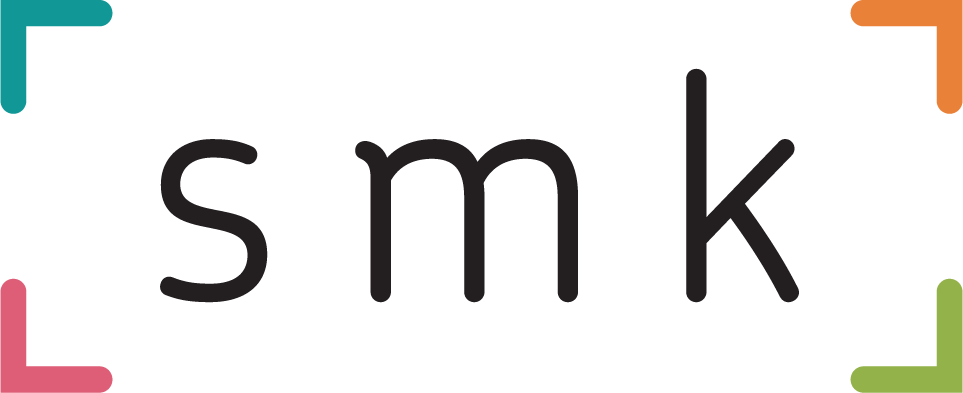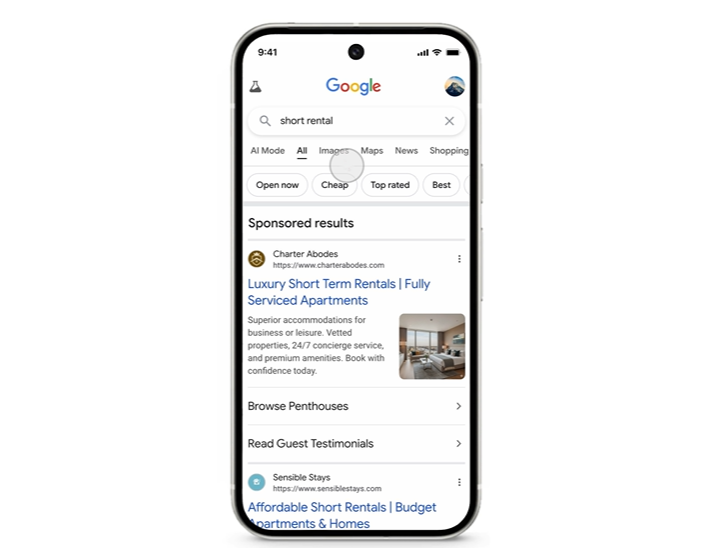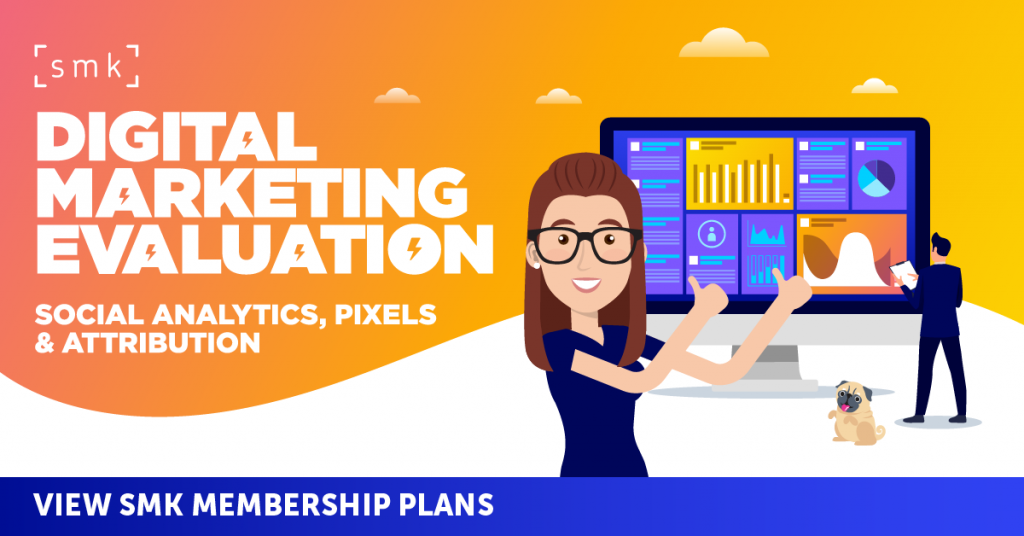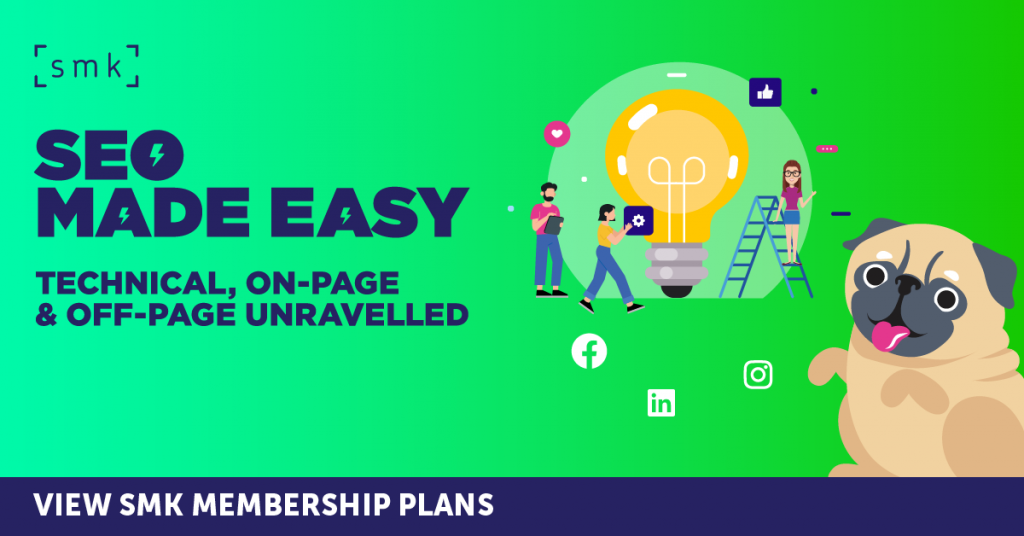Google is making notable changes to how ads appear in Search results, as it continues to balance commercial intent with user experience. The platform is rolling out a redesigned format for sponsored content, giving users more transparency and, for the first time, a new level of control over whether they even see ads at all.
This shift has implications not just for user behaviour, but for digital marketers who rely heavily on Google Ads and brand-related search placements. As competition intensifies and AI-driven search alternatives enter the fray, understanding how these updates affect visibility and performance is becoming more critical than ever.
A New Look for Sponsored Results
The headline change is a redesigned, clearly segmented “Sponsored results” section within Google Search. Rather than individual ad units scattered throughout the SERP (Search Engine Results Page), text ads will now be grouped under a single, persistent label that remains visible as users scroll.
According to Google:
“Text ads on the search results page will now be grouped with a single ‘Sponsored results’ label. This new, larger label stays visible as people scroll, making it clear which results are sponsored, upholding our industry-leading standards for ad label prominence.”
The change applies not only to text ads but also to other formats, such as Shopping ads. In practice, this redesign introduces a clearer visual boundary between paid and organic results, which aligns with regulatory expectations and growing user demand for transparency.
Users Can Now Hide Ads Entirely
Alongside the visual update, Google is also introducing a “Hide sponsored results” control. With one click, users can collapse the entire ad section and focus purely on organic results.
This is a subtle but significant change. While it is unlikely to be used by the majority of users, it represents a philosophical shift. Google is allowing users to dial back commercial content inside what has historically been its most valuable real estate: the SERP.
For advertisers, it introduces new challenges. Brand marketers who rely on paid placements—particularly for defensive bidding on brand terms—will need to rethink the value of those investments. If the ad section becomes something users routinely bypass, paid visibility strategies will need to evolve.
Why Is Google Doing This?
On the surface, these updates appear to be about user experience and transparency. But scratch the surface and it becomes clear that these changes are also a defensive response to intensifying competitive pressure, particularly from AI-native search models.
1. AI-Powered Search is Changing the Game
Google is under growing pressure from platforms like Microsoft’s Bing, which now integrates ChatGPT, as well as emerging AI-native search tools such as Perplexity and You.com. These platforms are reimagining search, offering direct answers, summaries, and even personalised recommendations, bypassing the traditional list of links entirely.
While Google still dominates the global search market, the nature of discovery is changing. Users are increasingly comfortable with conversational search, and generative AI tools are giving them quicker paths to answers—often without the need to click through to websites at all.
In this new context, traditional SERPs feel slower and more cluttered. Google’s redesign helps streamline navigation and reinforce trust, which is essential if it wants to hold onto its central role in the discovery journey.
2. Maintaining Trust in an AI-Driven Era
Google’s Search Generative Experience (SGE), which introduces AI-generated answers at the top of search results, is still in limited rollout. However, as Google moves further into AI-assisted search, ensuring that users can distinguish clearly between paid, organic and AI-generated content will be vital to maintaining credibility.
Transparency is key to preserving trust. Clearer labelling of ads—and giving users control over them—is one way to protect the user experience while continuing to monetise high-value queries.
3. Pre-Emptive Regulatory Alignment
There is also a compliance dimension. Regulatory scrutiny over digital advertising transparency is increasing globally, particularly in the EU, where labelling and data usage rules are tightening. These new design updates allow Google to demonstrate that it is proactively improving transparency and user control, potentially heading off more heavy-handed intervention from regulators.
What This Means for Paid Search Campaigns
For performance marketers, the big question is: will this reduce clicks on ads?
The answer depends on intent, format, and execution. The “Hide sponsored results” feature introduces an opt-out, but it is unlikely to become mainstream behaviour. However, the clearer, persistent labelling could suppress ad engagement from more privacy-conscious or ad-sceptical users.
At a minimum, marketers should prepare for more scrutiny of clickthrough rates, particularly on brand terms, and be ready to re-evaluate the return on ad spend for certain segments of their paid search strategy.
Implications for Brand Strategy
These updates raise fundamental questions for brands:
-
Is defensive brand bidding still worth the cost if ad visibility declines?
-
How much should you invest in paid search versus organic?
-
Are your ads delivering enough value to earn attention, even when clearly marked as sponsored?
Marketers who rely heavily on top-of-funnel visibility through paid placements must now work harder to prove relevance and credibility. On the other hand, brands with strong SEO strategies and trusted domains may benefit from a renewed focus on organic results, particularly if users begin collapsing the ad section more frequently.
A Broader Trend Towards Smarter, Cleaner Search
Google’s changes reflect a larger shift in how search works. It is no longer just about ranking high. It is about how you appear and why users should click.
Across all platforms, from TikTok to Pinterest to ChatGPT-powered tools, discovery is evolving. Visual clarity, content utility, and trustworthiness are taking centre stage. Google’s updates are part of a broader modernisation of its ecosystem, preparing for a future where AI plays a central role in discovery and traditional performance marketing models are tested.
What Marketers Should Do Next
If Google is a core channel for your business, here are three things to prioritise:
-
Reassess Branded Search ROI
Monitor clickthrough and conversion data on brand terms. If performance begins to shift, consider reallocating budget to organic optimisation or high-intent non-brand keywords. -
Optimise for Both Paid and Organic
With a clearer divide between sponsored and organic content, both sides of the SERP must perform. Invest in SEO, UX, and content quality to ensure organic listings convert, and ensure paid copy is compelling enough to earn the click. -
Track User Behaviour Trends
Pay close attention to changes in click-through patterns and ad performance metrics. If users start collapsing ads more often or exhibit new scrolling habits, be ready to adapt.Final Thought
Google’s Search update is more than a visual tweak. It signals a strategic pivot toward transparency, user empowerment, and long-term trust. In a world increasingly shaped by AI-driven discovery and tighter scrutiny of digital advertising, the brands that win will be those who deliver clarity, relevance, and value—regardless of whether they are paying for the click.




RECOMMENDED FOR YOU
LinkedIn Streamlines B2B Influencer Marketing
LinkedIn has introduced a more intuitive way for brands…
LinkedIn has introduced a more intuitive way for brands…
Meta Adds New AI Tools To Supercharge Lead Gen
Meta is rolling out a wave of updates to…
Meta is rolling out a wave of updates to…
Meta Announces Business AIs For Brand Websites
Meta is moving further into the AI assistant space…
Meta is moving further into the AI assistant space…